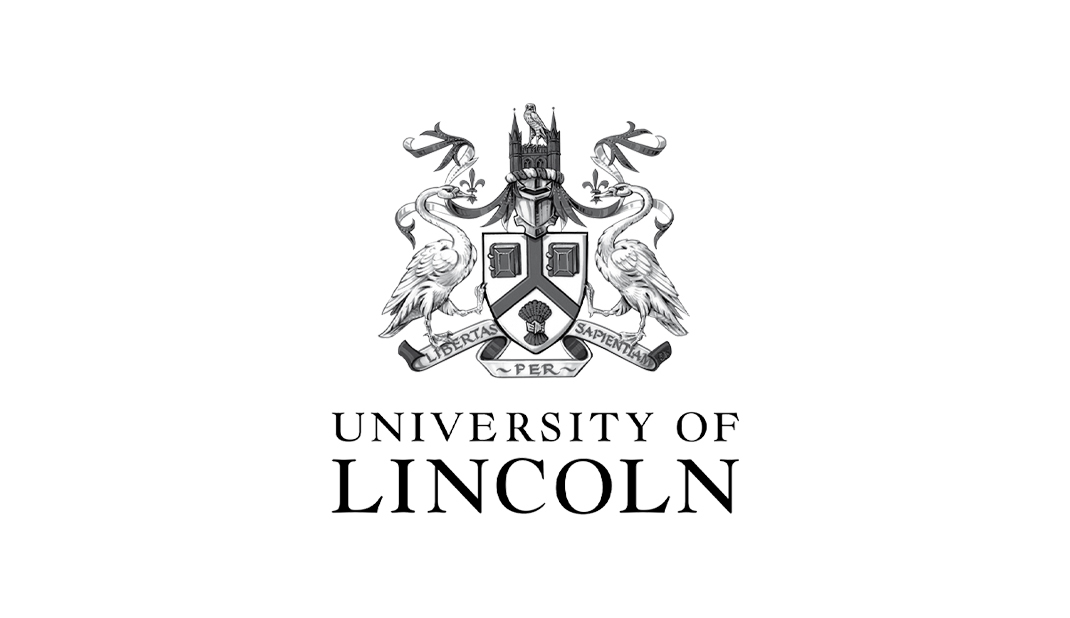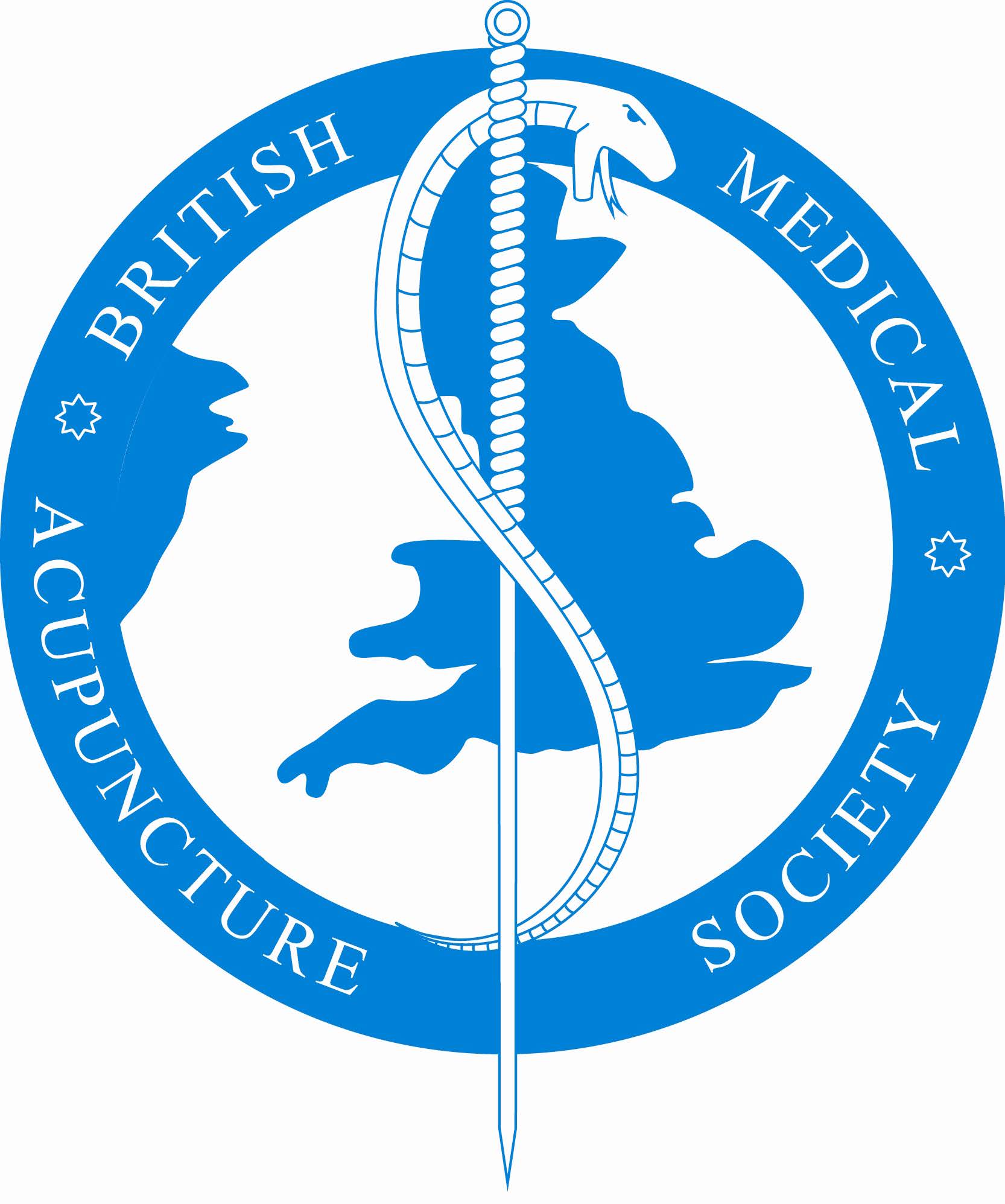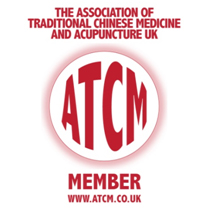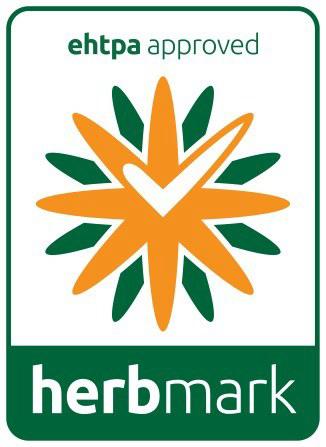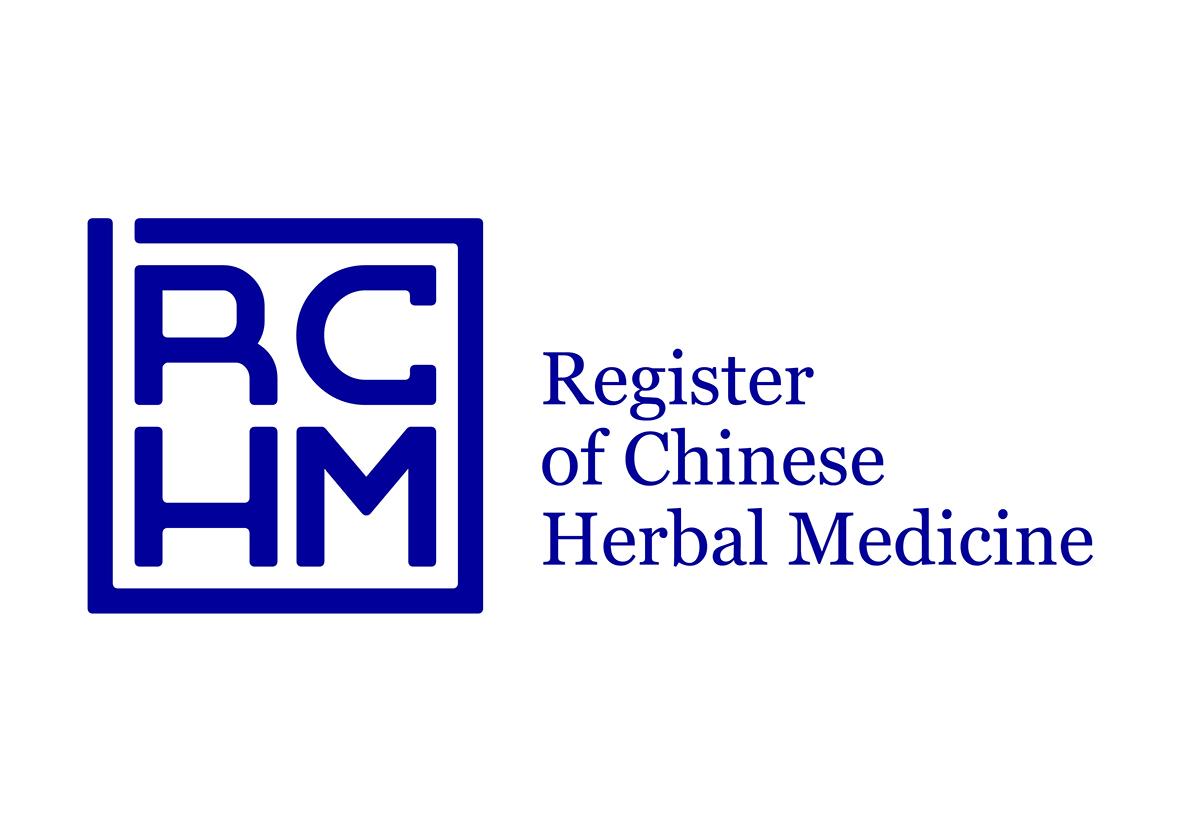

Author Lianne Aquilina MSc (founder of Hertfordshire practice) and Mark Bovey MSc, British Acupuncture Council Research Resource Brief, January 2019
A body of clinical evidence for acupuncture is presented on the topic of acupuncture administered for IVF or ICSI that indicates acupuncture has a significant treatment effect on clinical pregnancy and birth rate when conducted at varied time points. Research is ongoing and is not conclusive.
Lianne Aquilina and Mark Bovey: British Acupuncture Council Review, 2019


In the UK, the overall birth rate following assisted reproduction is only 21% to 22% (fresh and frozen transfer). The birth rate varies and decreases with age and the type of transfer.
Table 1: UK birth rates per embryo transfer (PET)2 | ||
Age range | Fresh cycle transfer | Frozen cycle transfer |
| 35 and under | 29% | 26% |
| 35-37 | 23% | 23% |
| 38-39 | 15% | 21% |
| 40-42 | 10% | 15% |
| 43-44 | 7% | 14% |
PET: birth rate per embryo transferred during treatment cycles starting in the year which resulted in a woman having a live birth | ||



The primary outcomes of some systematic reviews and meta-analyses indicate that there are no significant treatment effects of acupuncture on clinical pregnancy rate.3,4,9* However, the primary outcomes of other systematic reviews do show a benefit.1,10 ,11,12* These reviews demonstrate either a possible significant treatment effect11 or a treatment effect of statistical significance for improved rates of clinical pregnancy.1,10,12* One interesting characteristic of the studies included in the systematic reviews where an effect was found is that acupuncture was not just focused around the time of embryo transfer only. The samples of subfertile women undergoing an IVF or ICSI cycle also received acupuncture treatment at various time points during the treatment cycle. This indicates that acupuncture may be more effective with additional treatment prior to the day of embryo transfer and after embryo transfer. More research is required.
One recently published trial from Australia is not included in the reviews discussed above.6 It is the largest randomised controlled trial so far of IVF or ICSI with acupuncture. Technical issues, for example regarding the undertreatment of women with acupuncture (See Acupuncture sessions guide), and its sham control group, (See Discussion points for researchers: Control methods) make the conclusions difficult to relate to routine clinical practice.7,8
A 2018 RCT in China involving 169 subfertile women looked specifically at the impact of having acupuncture during the ovarian stimulation phase of an IVF or ICSI cycle. This experimental study found acupuncture improved ovarian blood supply and, in turn, both biochemical and clinical pregnancy rates. Live birth rate was not an outcome measurement in this trial. The clinical pregnancy rate was 52.6% (acupuncture group) v 33.3% (sham acupuncture group) and 32.8% (observational group). The researchers recommended that future experimental research should incorporate a larger sample of women.17
The conclusions of several systematic reviews indicate that the effectiveness of acupuncture may be dose-dependent, that is an appropriate strategy is needed with a sufficient number of acupuncture sessions over an adequate period of time.9*,12*,13
Subgroup analysis is generally recommended if variability is present resulting from the systematic review process and meta-analysis. A subgroup analysis should be considered and pre-specified at the systematic review protocol stage.
Subgroup analysis may be used to describe heterogeneity and assess any relationship between covariates (for example, ethnicity) and effect size (outcome). It is usually recommended that subgroup analysis should be relevant to the acupuncture research question and limited in number. However, the authors of two systematic reviews and meta-analyses conducted up to eight or more subgroup analyses.12*,9* Subgroup analyses have a high risk of findings being a consequence of chance.14 It is important to point out that meta-regression, unless there is a sufficiently large sample of studies (for example, two predictors would require 50 studies), has low power and can both produce unreliable positive results based on chance or false non-significant results. Only one systematic review contained a meta-regression on important clinical characteristics and methodological variables. A positive finding was cautioned,4 while the non-significant findings were not cautioned.
Statistical heterogeneity appears to be a common finding in the systematic reviews outlined in this document and random effect models are used. Hierarchical subgroup analysis has been proposed to be a better application to describe heterogeneity;16 meta-regression has been argued to have serious disadvantages.15
The inclusion of graphical methods (funnel plots) in a systematic review can help the reader evaluate publication bias. Funnel plots were only evident in the publication in two4,10 of five systematic reviews.1,3,9*,11,12*
Statistical tests such as Begg’s and Egger’s may be used to identify publication bias,1 however, these tests can be unreliable with low study power.20 It is recommended that a discussion of the possible impact or not of publication bias, the reliability of assessment methods applied, along with any implications, should be outlined in systematic reviews, especially as part of the conclusion.
When a systematic review uses GRADE to appraise the quality of evidence, the meaning of this could be outlined explicitly in the discussion and the conclusion section. For example, Cheong et al3 concluded that they found no evidence of a significant effect for the primary outcomes yet did not state that ‘low quality’ means that they had limited confidence in this finding, and that true effect could be substantially different. The overview5 does not have adequate reporting, particularly around the finding of the clear effect of acupuncture on the outcome measurement (clinical pregnancy rate). It is important to improve the quality of reporting in systematic reviews and meta-analyses, as well as any future overviews.
There appears to be some confusion as to whether a trial is randomised or non-randomised in design. Cheong et al3 exclude Omodei (2010) and Feliciani (2011) for apparently being non-randomised, while Manheimer et al4 include these studies as randomised designs. When study eligibility has been predetermined to be a randomised controlled trial design, the inclusion of non-randomised trials is an error. For example, Qian et al’s12* inclusion of Magarelli et al (2009), a cohort study. Non-randomised designs may overestimate an effect.
A comprehensive acupuncture treatment management approach may be required prior to an IVF or ICSI cycle, for example lasting three to six months pre-treatment, to influence folliculogenesis.25 Acupuncture should be administered at the start of an assisted reproduction cycle, and frequently during the beginning of ovarian stimulation up to egg maturation. The aim should be to influence the response and development of ovarian follicles via improved blood flow, and embryo or blastocyst quality. Male factor subfertility could also be addressed. A recent RCT study is limited by the fact that one acupuncture session, adopted on day 6 to 8 of ovarian stimulation and before and after embryo transfer, did not reflect the recommendation of their consulted experts on the required amount and frequency of acupuncture to produce an intended result. The acupuncture intervention used in this study was below a minimal threshold.6 As with the same author’s 2006 trial,26 which followed a similar three- session treatment model, there was a tendency favouring acupuncture when compared to sham acupuncture for clinical pregnancy rate, but this did not reach statistical significance (Figure 1). Researchers should not undertreat subfertility patients by delivering a deficient number of treatments.
Smith et al. IVF or ICSI sham acupuncture vs acupuncture: undertreatment according to research consensus
| Study name | Statistics for each study | Odds ratio and 95% CI | ||||||||
| Odds ratio | Lower Limit | Upper Limit | Z- Value | p- Value | ||||||
| Smith 2018 CPR | 1.252 | 0.906 | 1.731 | 1.361 | 0.174 | |||||
| Smith 2006 CPR | 1.528 | 0.847 | 2.758 | 1.407 | 0.159 | |||||
| 1.311 | 0.987 | 1.742 | 1.870 | 0.062 | ||||||
| 0.01 | 0.1 | 1 | 10 | 100 | ||||||
| Favours Sham | Favours Acupuncture | |||||||||
| Study name | Statistics for each study | Odds ratio and 95% CI | ||||||||
| Odds ratio | Lower Limit | Upper Limit | Z- Value | p- Value | ||||||
| Smith 2018 CPR | 1.252 | 0.906 | 1.731 | 1.361 | 0.174 |  |
||||
| Smith 2006 CPR | 1.528 | 0.847 | 2.758 | 1.407 | 0.159 |  |
||||
| 1.311 | 0.987 | 1.742 | 1.870 | 0.062 |  |
|||||
| 0.01 | 0.1 | 1 | 10 | 100 | ||||||
| Favours Sham | Favours Acupuncture | |||||||||
| Study name | Statistics for each study | Odds ratio and 95% CI | ||||||||
| Odds ratio | Lower Limit | Upper Limit | Z- Value | p- Value | ||||||
| Smith 2018 CPR | 1.252 | 0.906 | 1.731 | 1.361 | 0.174 |  | ||||
| Smith 2006 CPR | 1.528 | 0.847 | 2.758 | 1.407 | 0.159 |  | ||||
| 1.311 | 0.987 | 1.742 | 1.870 | 0.062 |  | |||||
| 0.01 | 0.1 | 1 | 10 | 100 | ||||||
| Favours Sham | Favours Acupuncture | |||||||||
Figure 1 Undertreatment Plot Analysis: One acupuncture session day 6 or day 9 of ovarian stimulation, before and after day of transfer.
Practitioners and their patients together could consider carefully the nature of the body of research outlined in this resource when devising a treatment plan. Currently, research indicates that acupuncture at the time of embryo transfer only should be a small part of an overall treatment strategy. Acupuncture can be provided post-transfer in the early luteal phase to possibly influence implantation, and during the two-week wait prior to a pregnancy test to help manage stress and anxiety resulting from uncertainty.
The evidence base for the exact number and frequency of acupuncture sessions on birth rate has not yet been robustly determined. Nevertheless, currently, research supports the findings that acupuncture at varied time points for an IVF or ICSI cycle, with increased frequency during ovarian stimulation as well as around the time of transfer, can have a statistically positive treatment effect on clinical pregnancy and live birth rate.
Next update June 2019: Acupuncture and IVF/ICSI (1) Designing a pragmatic trial: randomisation methods, and prevention of post-randomisation bias, (2) The Cochrane Collaboration’s tool for assessing risk of bias in studies, (3) Critique of mechanisms. There is an essential requirement for funding of a new randomised controlled trial that utilises findings from critical appraisal vs. recurring systematic reviews and meta analyses of the same datasets which will continue to find the same inconclusive data.
Aquilia Acupuncture was established in 2005. Acupuncturist Lianne Aquilina is the provider of advanced acupuncture for health and care.
Awards

Honourable Nomination by the World Federation of Chinese Medicine Societies for Professional Contributions to Acupuncture and Academic Achievement
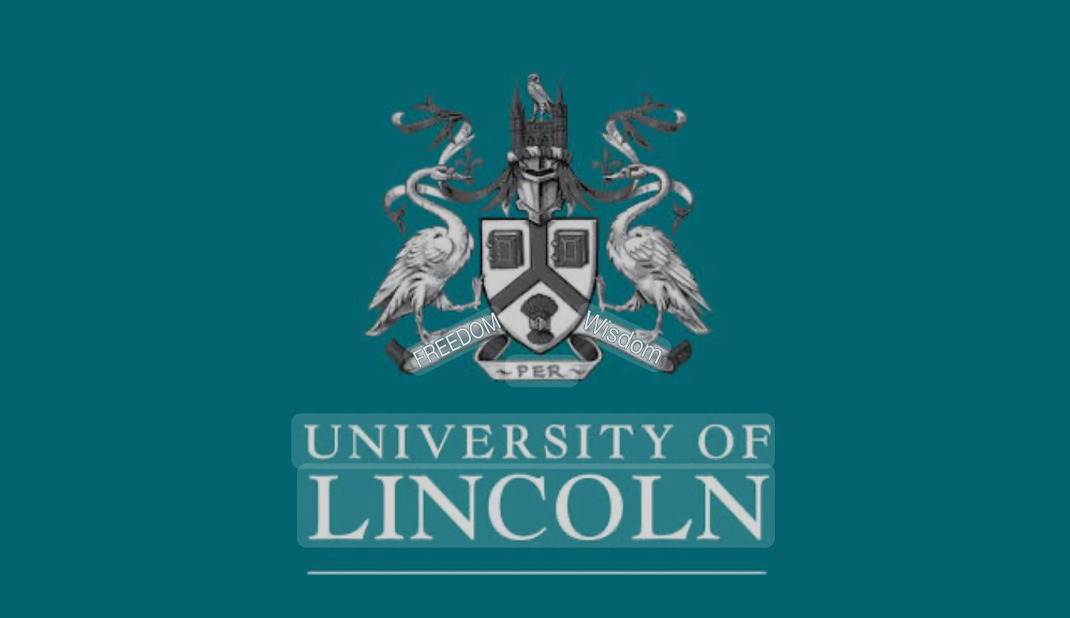
Deans Prize for Studies in Health and Life Science, University of Lincoln.
